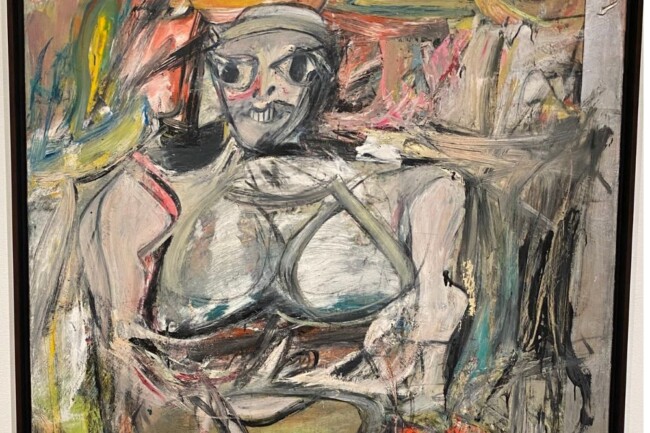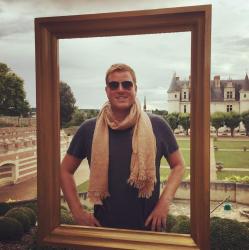The Museum of Modern Art may be in NYC, but it is one of the most famous museums in the world. If a visit there makes those of us from the Mile Square feel at home, it’s likely because four of our very own Hoboken neighbors are included in the MoMA’s permanent collection. So, who exactly are these artists forever enshrined at the MoMA and how can you see their work? Read on for more about the four Hobokenites you can find at the Museum of Modern Art.
Alfred Stieglitz
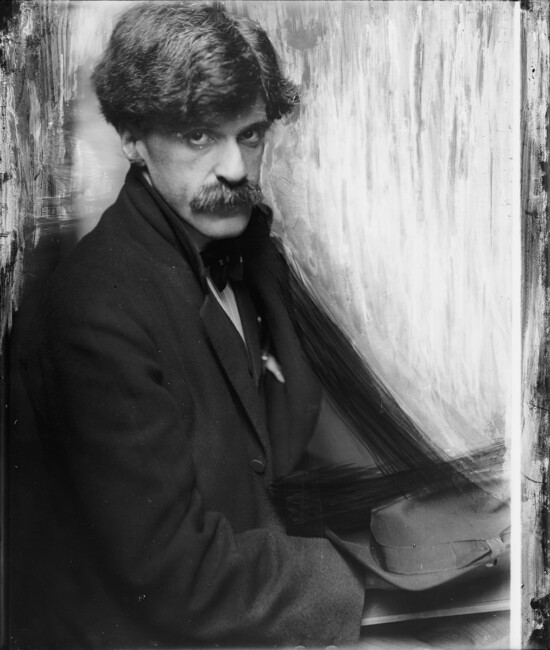
Alfred Stieglitz is the most famous artist you may never have heard of. He singlehandedly introduced modernism from Europe to America when he opened his gallery, 291, in Manhattan. In doing so, Alfred becoming the first person in the United States to showcase works by Pablo Picasso, Paul Cézanne, Henri Matisse, Auguste Rodin, Henri Rousseau, Marcel Duchamp, and many more.
Alfred was born in Hoboken on January 1, 1864, to German, Jewish immigrants at his family’s home which still stands on the corner of 5th and Hudson.
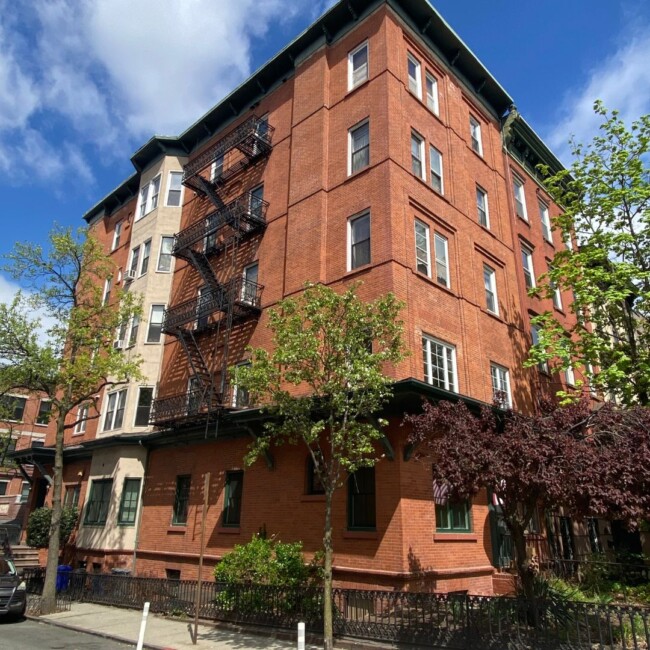
Never forgetting his Hoboken roots, Alfred famously name-dropped Hoboken when he declared his personal manifesto: “I was born in Hoboken. I am an American. Photography is my passion. The search for Truth my obsession.”
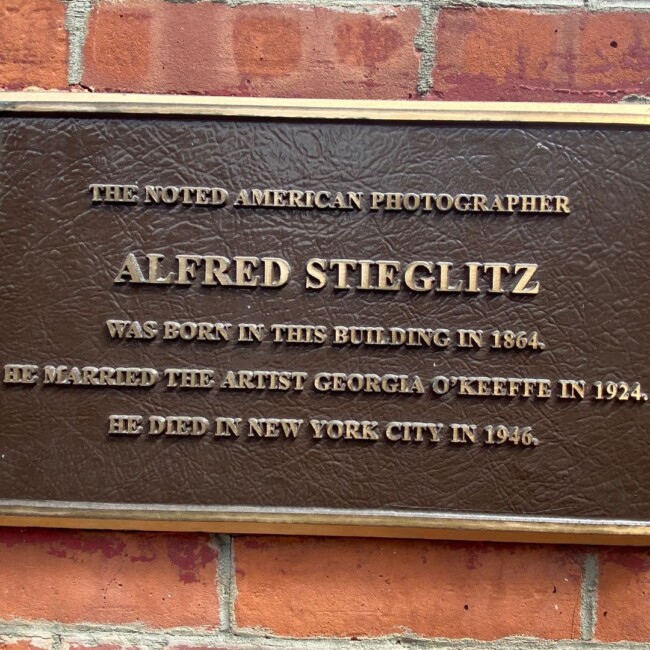
Alfred’s declaration brings us to his second and equally impressive achievement: elevating photography from a quaint pastime to a serious Fine Art. Through tireless campaigning and publications, Alfred’s was the preeminent voice in America seeking to elevate photography from a quirky pastime for hobbyists into a “Fine Art,” worthy of museum inclusion.
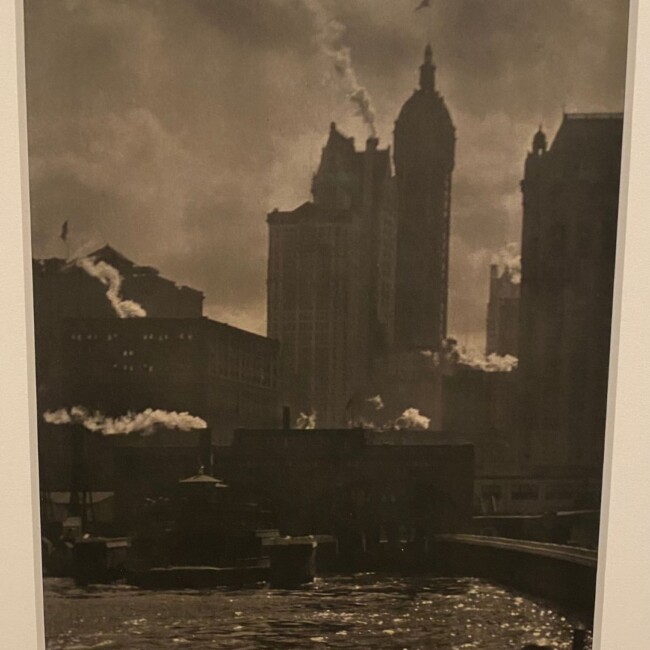
Alfred’s importance to American Art is summed up by Richard Whelan in an article for NY Aperture:
Alfred Stieglitz is perhaps the most important figure in the history of visual arts in America. That is certainly not to say that he was the greatest artist America has ever produced. Rather, through his many roles – as a photographer, as a discoverer and promoter of photographers and of artists in other media, and as a publisher, patron, and collector – he had a greater impact on American art than any other person has had.
Read More: Hudson County Artists to Know + Collect
Today, he’s mostly remembered for being the husband of Georgia O’Keeffe, but at the time of their marriage in 1924 (when Alfred was 60 and Georgia was 37), Alfred was the titan of the international art scene.
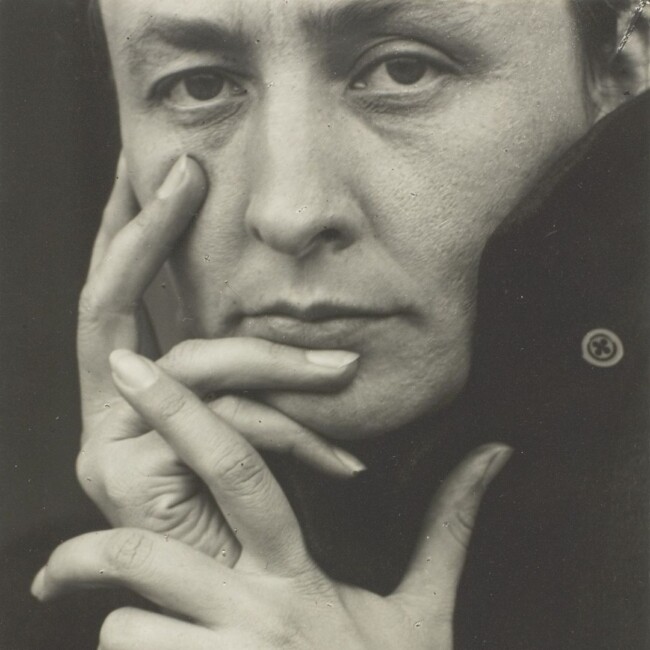
In fact, Alfred contributed to Georgia’s success when he held an exhibit of her work in 1917, and she moved to New York at Alfred’s request the following year.
Dorothea Lange
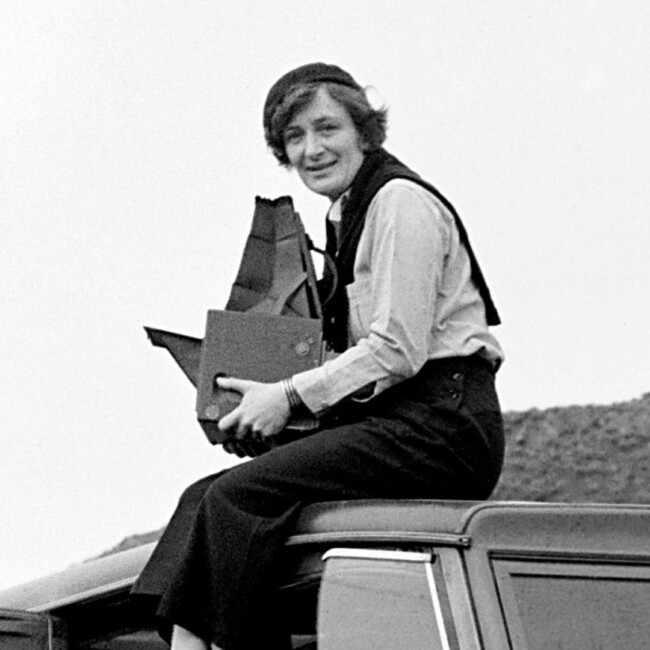
Dorothea Lange was born in Hoboken and produced perhaps the most recognizable photo of the 20th century, but you may recognize Dorothea from her 30 foot tall likeness included in the mural painted by local artist, Distort.
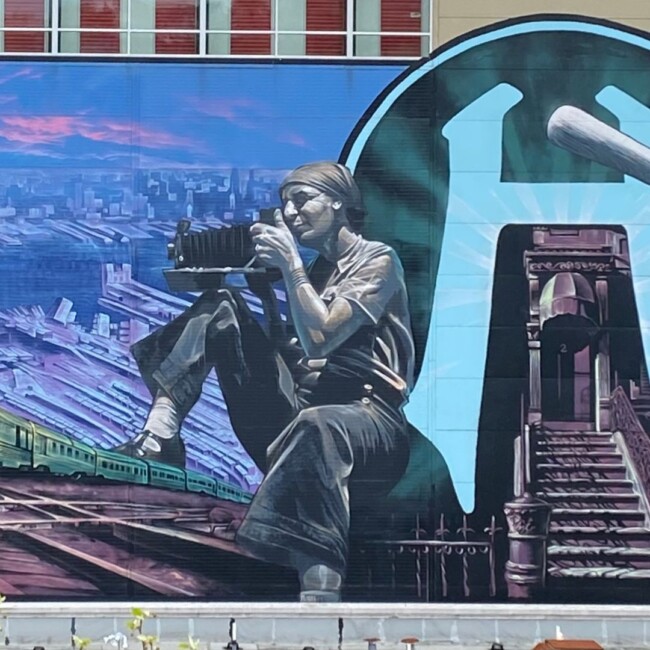
A second-generation, German immigrant, Dorothea was born in her family home at 1041 Bloomfield St. on May 26, 1896:
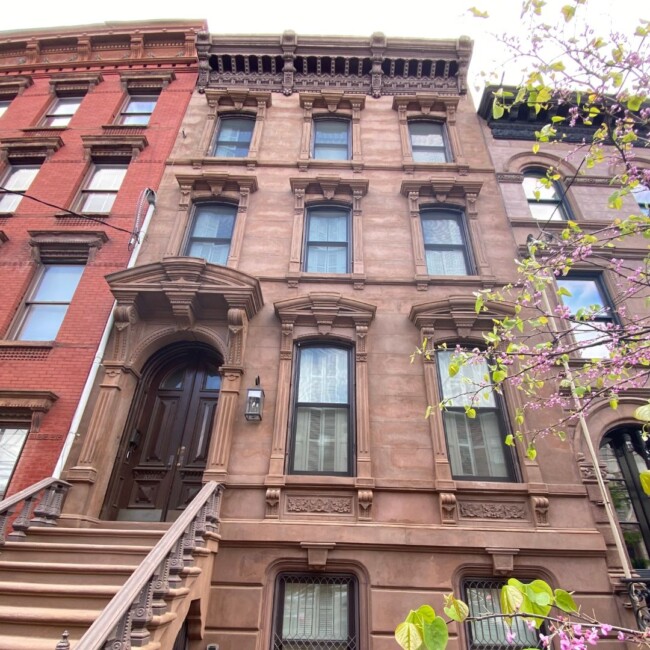
At 7 years old, Dorothea contracted polio, contributing to a lifelong limp, which brought her much anguish. Other children derided Dorothea, whom they called “Limpy.” At age 12, her father abandoned the family, forcing Dorothea and her mother to move to the Lower East Side of Manhattan where she came face to face with a seductively destitute menagerie of human beings with whom she empathized and called the “walking wounded.” She soon discovered photography and turned the camera’s lens on this overlooked segment of society.
When the Great Depression hit in the 1930s, Dorothea discovered her passion and purpose: photographing the Depression by putting a compassionate, human face to the destitution wrought by the economic collapse. She’d honed her craft in studios beginning at Columbia University and then in San Francisco, until she left the studio to document migrant workers. In doing so, Dorothea captured one of the most enduring and outstanding photographs in history, the 1936 iconic image of Florence Owens Thompson in Migrant Mother.
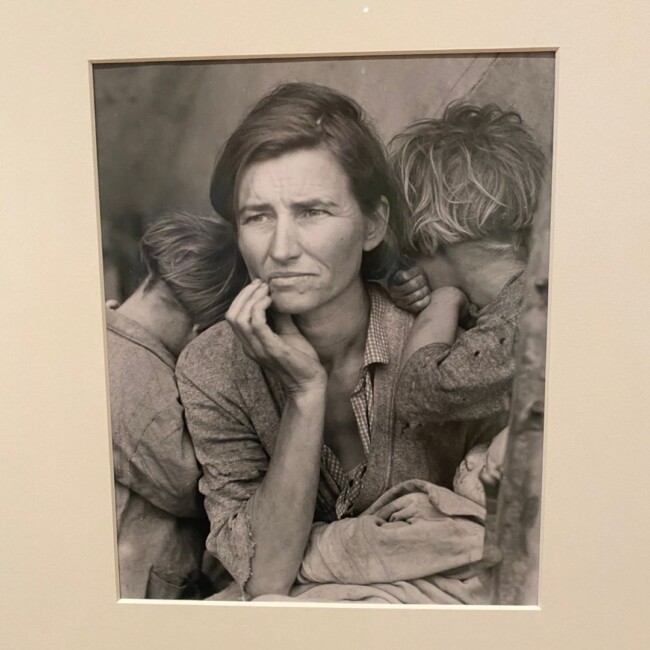
When the MoMA mounted a retrospective of Dorothea’s work following her death in 1965, it was the MoMA’s first solo retrospective of a female photographer.
Alexander Calder
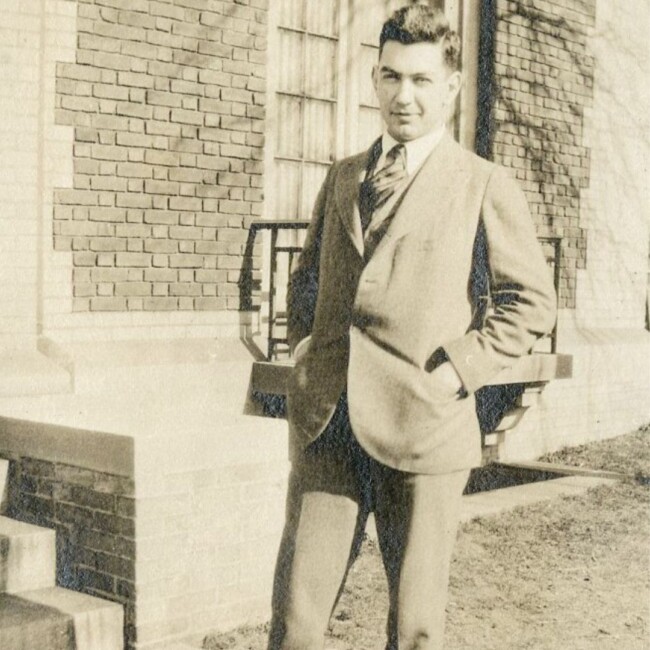
(Photo credit: Stevens Institute of Technology)
If you’re not familiar with the name “Alexander Calder,” you’ll surely be familiar with his work. Alexander became famous by sculpting spinning “mobiles”—delicately balanced, abstract shapes suspended in air by long rods allowing the shapes to move gently and elegantly, defying their size and heft.
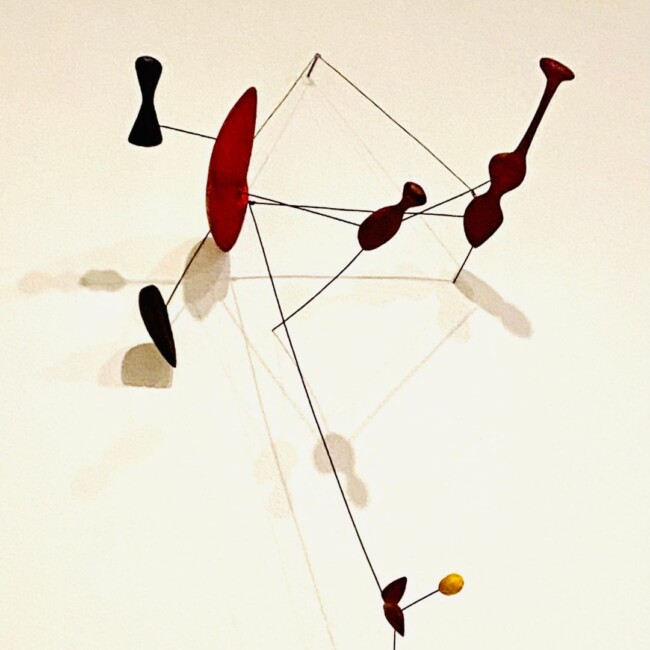
These “mobiles” established Alexander as one of the most distinctive and acclaimed artists in history—but before he achieved international notoriety, he began his higher education as a lacrosse and frat bro at Stevens Institute of Technology. While at Stevens, Alexander became a member of Delta Tau Delta fraternity while also winning 2 National Lacrosse Championships (1917 & 1918).
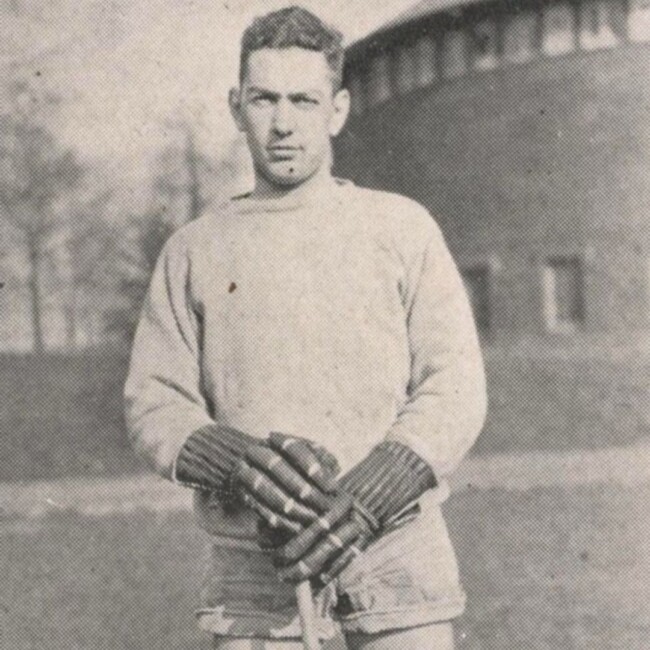
(Photo credit: Stevens Institute of Technology)
Calder hailed from a long line of distinguished sculptures. His grandfather, Alexander Milne Calder, sculpted many of the statues adorning Philadelphia’s City Hall (including the colossal effigy of William Penn atop the building). His father, Alexander Stirling Calder, sculpted the famous statue of George Washington which graces the arch at Washington Square Park in Manhattan. Oddly, however, Calder’s parents did not wish for Alexander to become an artist, so he decided to study mechanical engineering without truly knowing anything about it. He later wrote: “I wanted to be an engineer because some guy I rather liked was a mechanical engineer, that’s all…I was not very sure what this term meant, but thought I’d better adopt it.”
Like many students arriving in Hoboken, Calder was immediately impressed with Stevens’ panoramic views. He initially stayed at the Castle Stevens Mansion (demolished in 1959 and replaced by the Wesley J. Howe Center).
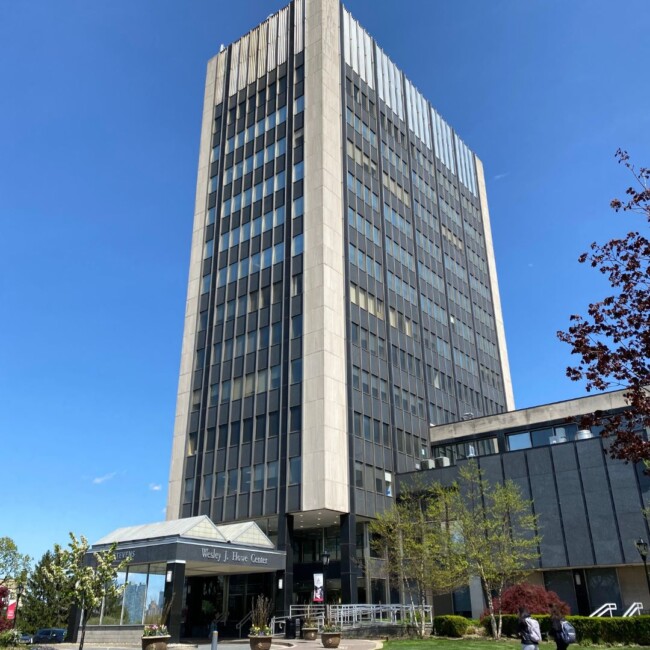
Perhaps students living in the newly built Towering University Center may share Calder’s sense of awe: “Mother delivered me to Hoboken [to] a really wonderful room, with windows looking up and down the river and across—it was all windows.”
Despite his flippant approach toward engineering, he not only enrolled but excelled at Stevens from 1915-1919. “Sandy,” as he was nicknamed, triumphed as a star player on the lacrosse team and even broke academic records in mathematics. He quickly became well-liked and the class yearbook described him as “always happy, or perhaps up to some joke, for his face is always wrapped up in the same mischievous, juvenile grin…he is one of the best-natured fellows there is.”
After graduating, Alexander began working odd jobs as a draftsman and a boiler room mechanic. Soon, however, his passion for art resurfaced and he decided to pursue a career in sculpture. Typically when thinking of “sculpture,” one imagines a lump of stone or metal hewn into a recognizable (but unmoving) form. Therefore, Alexander’s pieces defy traditional forms of representation as their movement defies traditional sculpture. In a way, Alexander married traditional sculpture (like that practiced by his father and grandfather) with moving, mechanical cogs, like that which he’d studied at Stevens Institute of Technology.
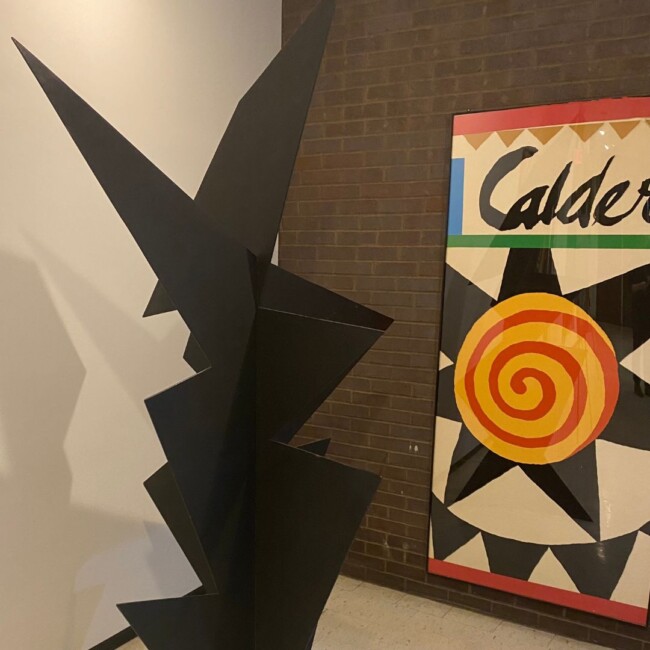
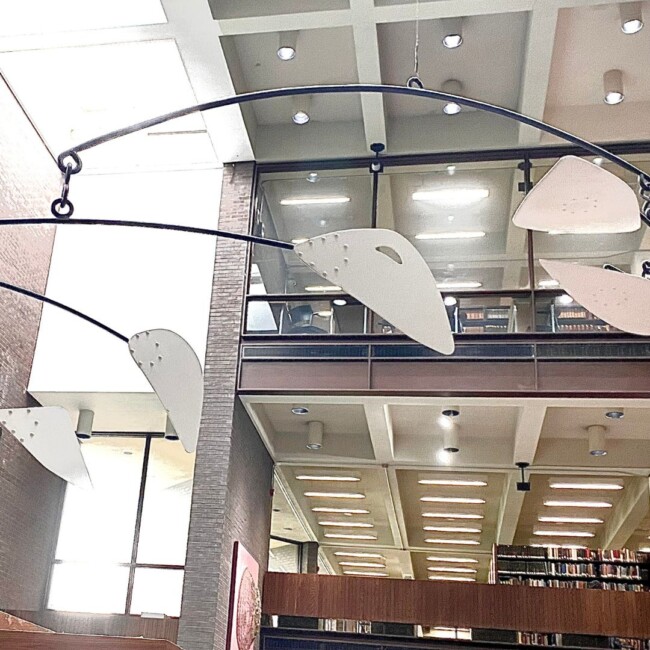
Showcasing his love for Hoboken and Stevens Institute of Technology, Alexander donated the two sculptures pictured above to his alma mater.
See More: New Jersey Artists Featured at the Montclair Art Museum
Willem de Kooning
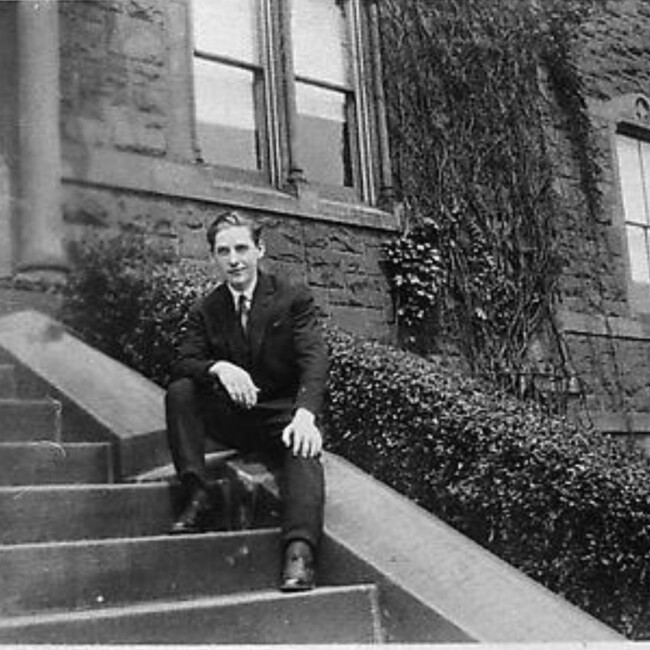
While the other Hobokenites arrived in Hoboken by more conventional means, Willem de Kooning arrived by more interesting means: as a stowaway.
Born in the Netherlands, Willem boarded a British freighter, the Shelley, bound for Argentina, but departed prematurely and soon found his way to Hoboken’s “Dutch Seamen’s Home” in 1926.
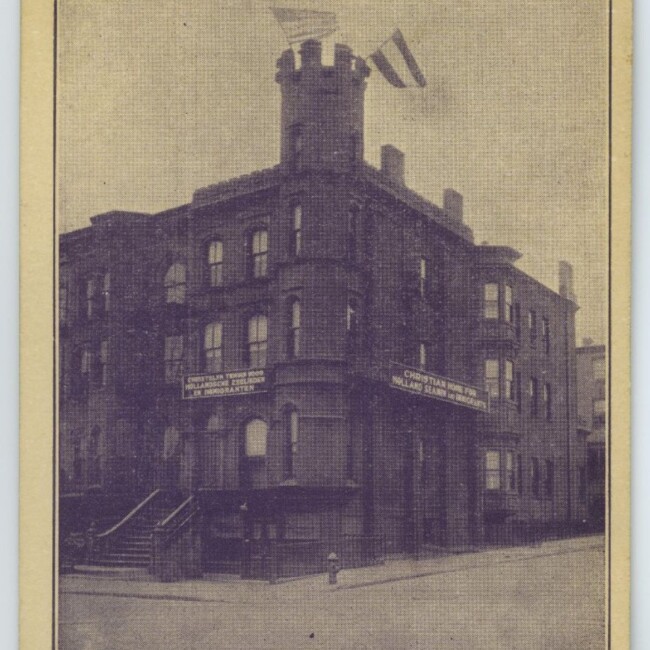
(Photo credit: Hoboken Historical Museum)
The Dutch Seamen’s Home was a charitable organization catering to mariners and located on the corner of 4th and River, currently the location of Marine View Plaza.
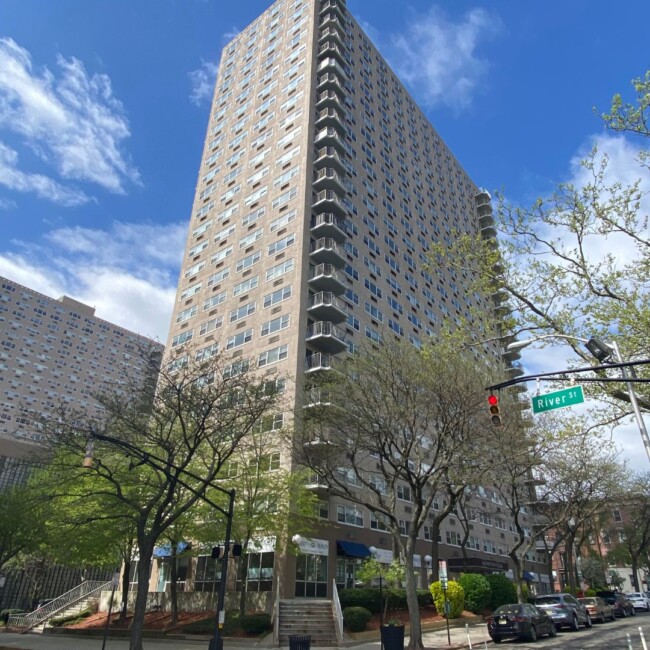
Here, Willem enjoyed his first home in America, earning a modest living by painting houses. Work uncovered by journalist John Gomez also places Willem at 310 Hudson St. during his time in Hoboken.
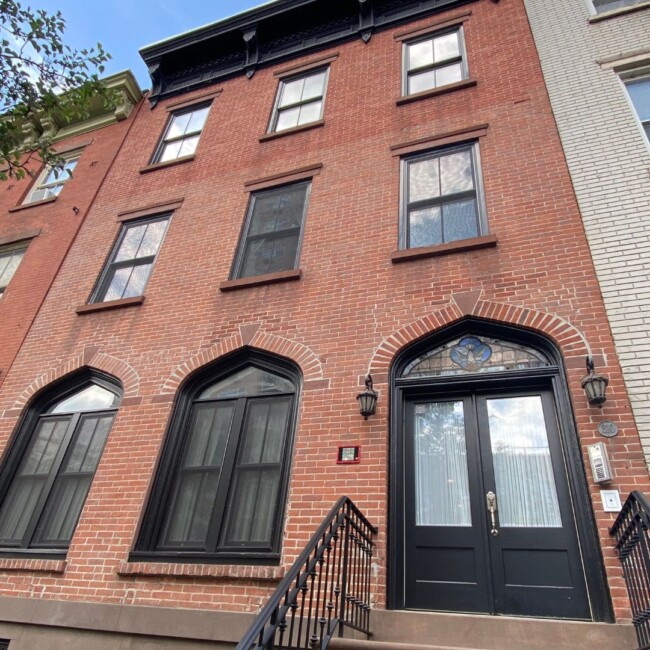
By 1927, Willem had set up a studio on West 44th St. in Manhattan and began his life as a struggling artist. He would go on to become a seminal figure in the Abstract Expressionist movement which sought to challenge Art’s traditional status quo by emphasizing the spontaneous, subconscious act of creating an art piece. Willem soon found himself among other titans within New York’s epicenter of the Abstract movement, like Jackson Pollock and Mark Rothko.
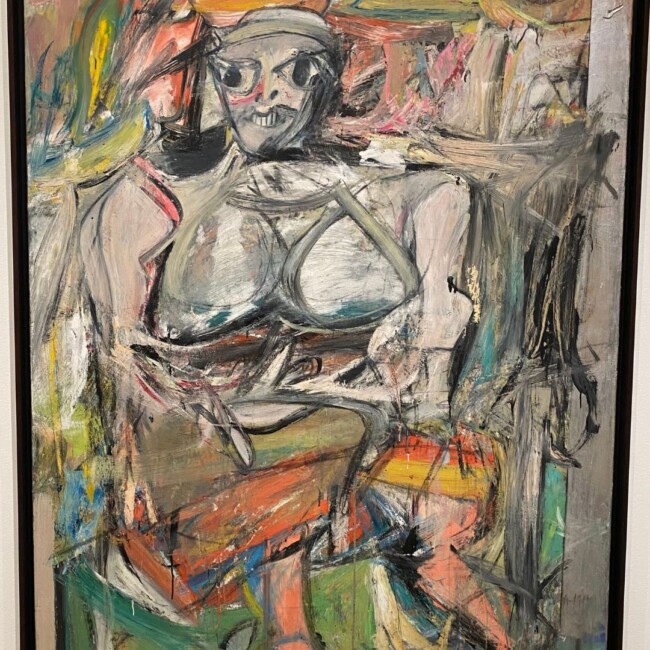
With all that Hoboken inspires, we can’t help but wonder in anticipation who will become the next Hobokenite enshrined at the MoMA?
Special thanks to Stevens Institute of Technology and archivist Leah Loscutoff for all of their help with the Alexander Calder information.

